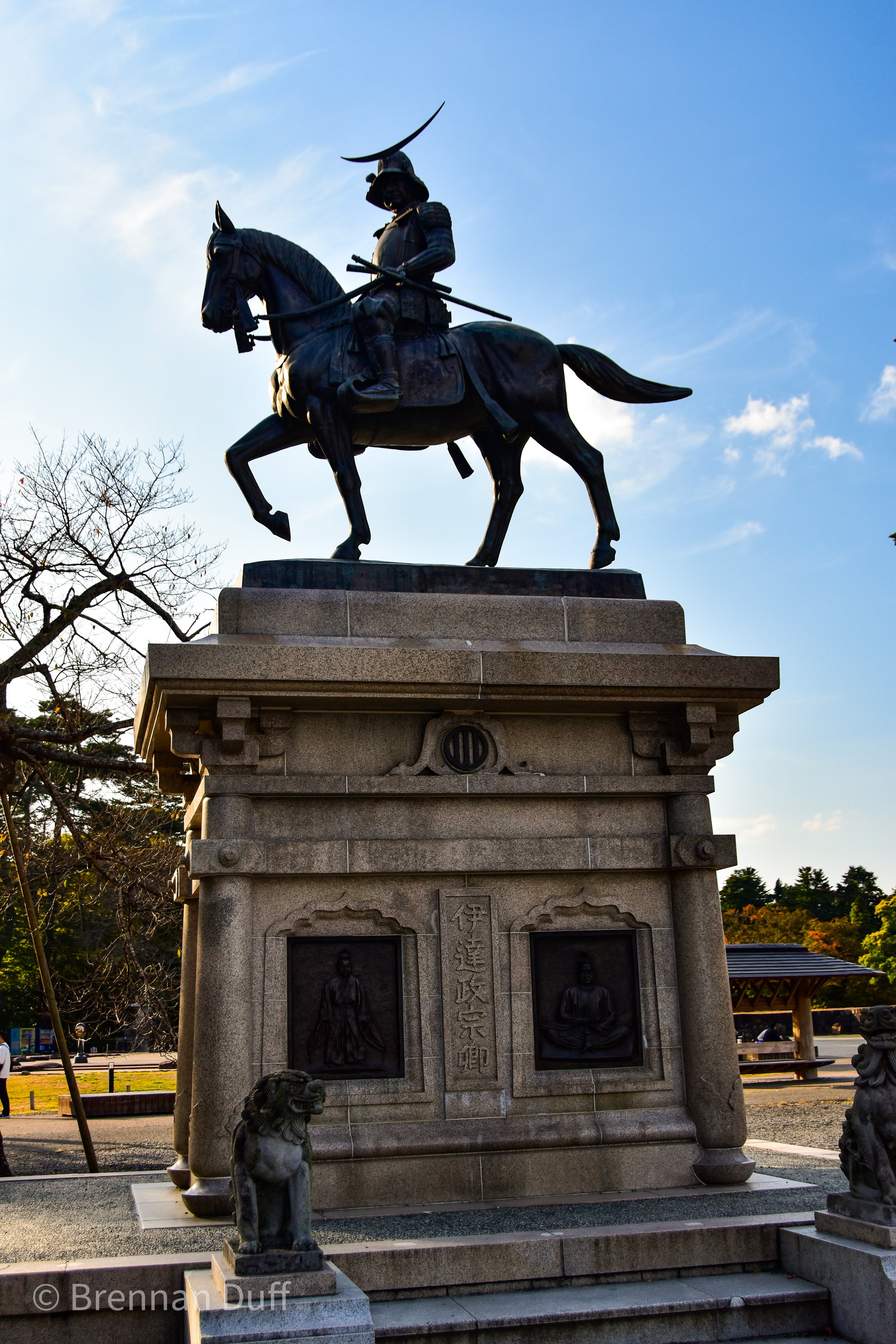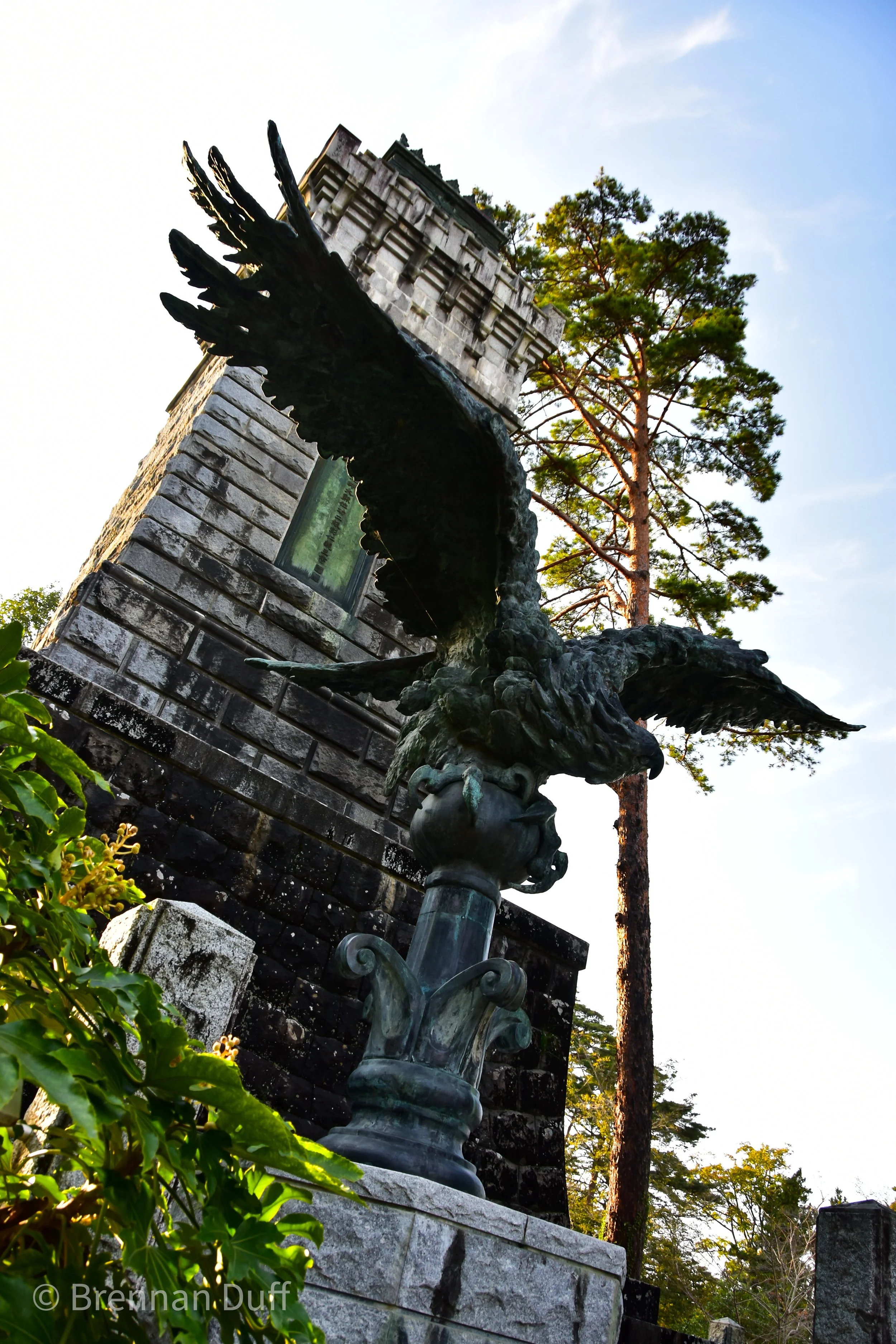Heijô-kyô, only a kilometer or two outside of the modern city of Nara, is the first imperial capital of Japan. It was only recently in the 1950s that excavations uncovered the real support posts and foundations. The foundations date back to the Nara Period, after the city with the same namesake, which had a rather brief history of about one hundred years during the 8th century. Nara received its new name after the capital changed from Heijô-kyô (Nara) to Heian-kyô (Kyoto). Today, the walls, cardinal gates, and the main hall of the palace have been reconstructed approximately where they stood over a thousand years ago. As of 2019, a new series of reconstructions began in the inner courtyard of the capital where the Emperor would execute his office duties as well as live.
For visitors: 8.
The Heijô-kyô grounds are wide and rather sparse so it is my belief that people with a background of historical study will likely get more out of this rather than those visiting out of curiosity. That being said, I don’t wish to discourage anyone from taking a peek at these ruins. Taking the train into Kintetsu-Nara Station will take you across the south side of the grounds, so ride through and then decide if you want to make the quick walk over from Yamato-Saidaiji Station (大和西大寺). The palace grounds are being excavated, reconstructed, and preserved in new on site museums and visitor centers. In fact, the reconstructions are to the west of the actual remains of the palace grounds, and thanks to clever planning, bushes trimmed into cylindrical forms were planted above the original support posts so visitors can see the original layouts!
Unlike many of the sites in this section of my blog, I will say that crowds are often very small and taking the walk around the area is a welcome way to relax and enjoy the scenery. There are also some spots where you can see the excavation work that they are still doing on the grounds. At various times throughout the year, events like cultural fairs, flea markets, and festivals will take place on the grounds, drawing larger crowds of people.
NERD WARNING!!!!! Lots of incoming historical information incoming! INCOMING!!!!
So, did they always know where the capital used to stand? If not, when did they find the palace grounds? Just looking at the levels of reconstructions in place and how subtle some of them are, it can seem like for the most part the grounds keepers always knew where the palace was. However, it wasn’t until the 20th century that they even began looking for it. Its discovery is all thanks to a contracted gardener in Nara who supervised the grounds of imperial sites like Tôdaiji, Yakushiji, Imperial Kofun, and other such important sites. One day, that gardener thought to themselves, “Hmmm. I make my living maintaining sites that are supposed to be related to the ancient Nara capital, but where could that capital be?” So, in their spare time, the gardener looked around for the ancient capital. Since the fall of the Nara period back in the 8th century C.E. it’s likely that the capital was burned to the ground in the family feud which caused the change in times. Whatever the cause, the capital grounds were left to rot in disrepair until farmers began using the grounds for farming, and since then the location of the capital was forgotten until our gardener friend went digging. As I will mention momentarily, there are significant geographical clues, but there are also name clues that provided hints to narrow the area of search for the ancient capital. I mentioned Yamato-Saidaiji Station before, and this name is very important. There is no longer a Saidaiji temple still standing in that area, but its sibling, Tôdaiji, is still standing. If you don’t know, Tôdaiji means “Great East Temple,” and that means that Saidaiji means “Great West Temple.” A key factor in standard Imperial-style capital layouts is that there are key temples to the East and West. Using that information, the location of the original Nara capital could be focused to the land between the two temples. When the gardener finally found evidence of the capital, they took the information before the Imperial Household Agency and thereby the Emperor Shôwa. In 1955 (昭和三十年), Emperor Shôwa began purchasing the land from the farmers and ordered archaeological excavations and basic reconstructions to honor the Nara period.
I mentioned before that the palace of Heijô-kyô was the first Imperial capital of Japan. So, what does that mean? This means that the styling and symbology of the capital grounds follow the standards of Chinese Imperial capitals. “Brennan, this is Japan and that’s China, why would they care?” Great question! Well the simple answer is that China has always played older sibling to the rest of East Asia, because they developed before the surrounding areas. And yes, before you other history buffs start shrugging me off with all the various exceptions to that rule, I do know that’s not the case in every way. That being said, China was the ideal that others strived towards; and so to develop into a modern and true civilization meant adopting what China had established to the extent that China would recognize them. In terms of Japan, prior to the Nara period, the political leader of Japan was called a king, and the capital was constantly relocated around the Kansai area because of the beliefs regarding death (read my intros to temples and shrines). The Imperial Capital of Heijô-kyô was the first official permanent Imperial-style capital constructed in the nation’s history.
So, what sorts of things are required to make an “official” Imperial capital? It comes down to a lot of factors but I will focus on the basics. First is shape: an Imperial capital must be rectangular with the long axis running north-south and a wall designating the boundaries. Second are roads: specifically two main roads, one road running the central axis north-south with the second running east-west, which intersect in the middle of the city. These roads would be larger than the average street and be lined with the most important structures to the city, including but not limited to markets, temples, and shrines. Based on these main roads, the entirety of the city was built on a rectangular grid, similar to how most modern cities are based today. Fun fact, this is why Kyoto has a grid system and Tokyo doesn’t; Kyoto was an Imperial capital and Tokyo was a castle city. (Castle cities were often designed in a spiral and with lots of winding roads so that invading forces would get lost and confused trying to get to the keep in the center of the city). And where does the king live in this capital? Does he live in the whole thing? No, no, no, he lives in one section of this area. For one, he is no longer King of Japan. No, now he is Emperor of Japan. New capital, new titles. And his area of residence? He lives and operates in a cluster of large buildings on the north end of the city. Why in the north? That brings me to the next main factors designating a capital.
Cardinal directions: to make it very simple, they are some of the more important auspicious motifs governing the location and establishment of an Imperial capital. Each cardinal direction is represented by a divine animal which is thereby connected to a geographic feature. Let’s start where we left off: the north. The north is represented by an animal called the Black Warrior, essentially a large turtle with a snake for a tail. The Black Warrior is physically embodied by a mountain which is important because it is harder for an invading army to cross mountains, and therefore if you position a capital to have a natural defense, you need less resources to defend your city. So the Emperor sits in the north and looks to the south. The south is identified with a phoenix, or a fire bird if you wish to use a more literal Japanese-English translation. The phoenix represents a plain, specifically the plain of land that grows the crops to feed the people whom the Emperor rules. To the east is a river identified as a dragon, and to the west is a road represented as a tiger. Once you are familiar with these sorts of symbols, you will begin to notice them pop up here and there throughout various cities. Even in some cities that weren’t Imperial-style cities, areas to the west of center can have tiger references. Looking at all the official capitals in Japan’s history, both Imperial and not, they all have a river to the east of the city center. These auspicious directions don’t lose their importance even though the capital location may change. Together, these four symbols, the roads, the palace location, and much more create the foundations for an official Imperial capital city.














































